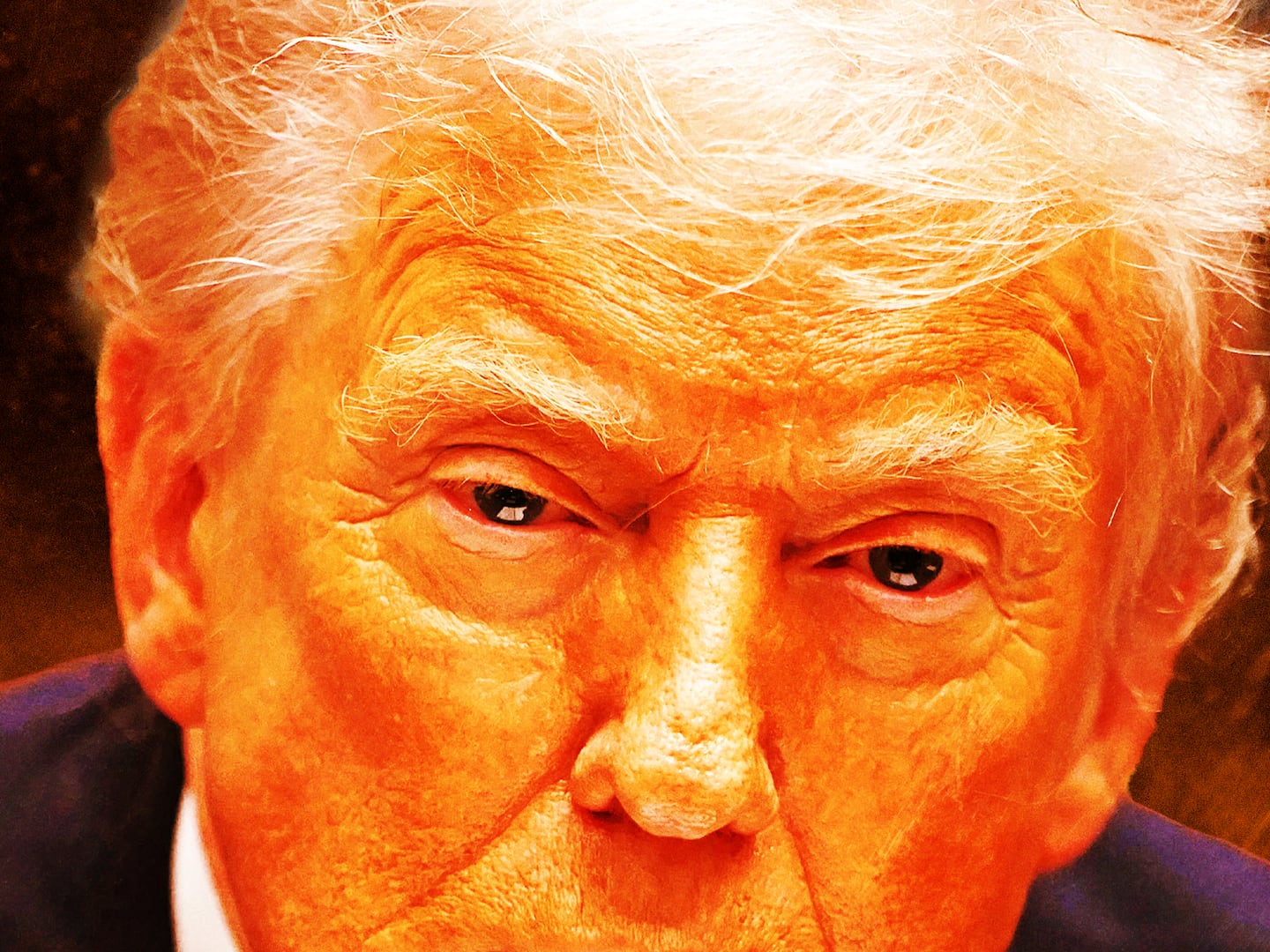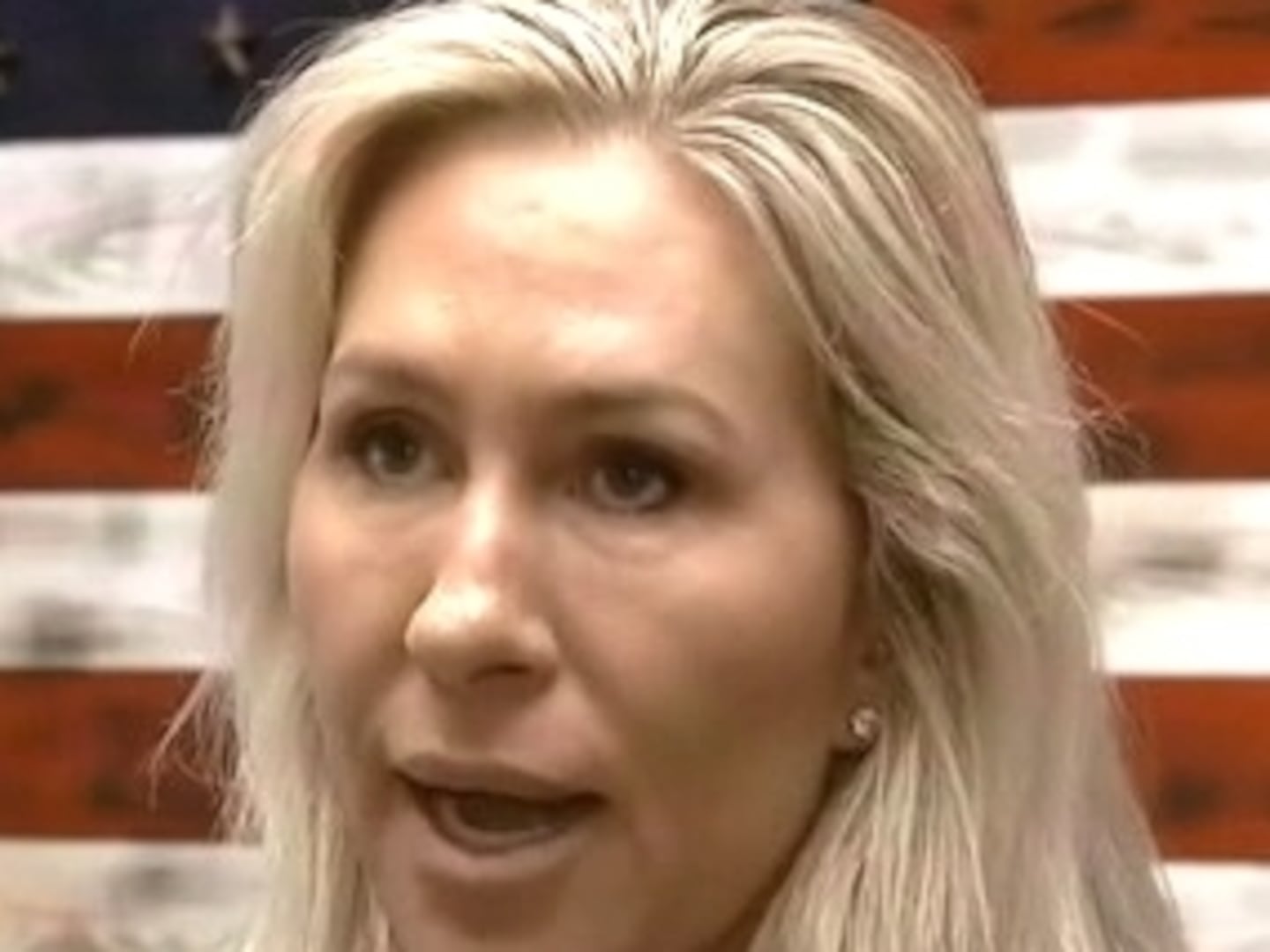LONDON—The Vagina Museum is not only the first museum of its kind in the world. It might also be the most millennial. Once, a museum with this name would have been head-rushingly explicit. Today, it is less pornographic, more prosaic. It is less about titillation than education. It might be about female anatomy, but it is comfortably aligned with clean living, inclusivity, and the social good.
The museum, in Camden, has been two years in the making and was founded by 28-year-old Florence Schechter. In 2017, she heard there was a penis museum in Iceland, but no vagina museum anywhere in the world. “It was like sexism nailed on the head,” she told The Daily Beast. “You couldn’t get more obvious.”
The penis museum contains 280 animal specimens. The crowdfunded Vagina Museum does not. There is no sex shop facade, no neon signs, no adult warnings. The museum sits beside a shop selling cuddly toys.
Even before opening this Saturday, it had worldwide attention, including a joke on Late Night with Seth Meyers. “The world’s first vagina museum is opening in London… Men are allowed, but they don’t know what to do once they get there.” And there has been a slew of “Go feminism!” pieces in the U.K. press.
Controversy has been minor, aside from a residents’ group worried that the venue’s alcohol license will attract “rowdy” hen and stag parties, and a flurry of misogynistic comments on Twitter. Only Facebook seems to really object, banning adverts because, says Schechter, “vagina is seen as a naughty word.”
The nearest London has ever got to a vagina museum was back in 2007, when Schechter had just turned 16. Amora, at the Trocadero center, described itself as a “love, sex and relationships” museum.
Highlights included a model of a man inviting visitors to spank him with a paddle, and a plaster cast of a woman inviting visitors who hadn’t yet fainted to feel inside for her G-spot. Lightly mocked by the tabloids, it was for over 18s and closed after a year.
The Vagina Museum, which is open to all, is a different proposition. Its goals are to end stigma, to highlight cervical health, and to promote feminist and trans-inclusive rights. And they are very real issues. “According to a recent poll, more than half of women couldn’t label the vagina on a diagram,” Schechter said, before condemning “thousands of years of patriarchy.” Spanking is only for those not paying attention.
Her intimate museum space is one room with exposed brick walls and wooden floors—very warehouse chic. Its first exhibition is Muff Busters: Vagina Myths and How to Fight Them, and comprises rows of colored boards declaring myths alongside their corresponding fact. It first defines the vagina—not the “entire external genitalia, but… the area between your external vulva and cervix.”

Confusion over this, it says, leads people to “disengage with certain areas of their body.” Visitors can inform themselves with a 3-D drawing on layers of perspex. Other myths include “Douching with Coca-Cola after sex will prevent pregnancy”, which, it turns out, is “completely untrue”. It was, however, a popular belief in ’50s and ’60s America, when it was hard to get contraception.
The growing market of fem-care products is similarly useless. Here we are treated to a few lift-and-tighten gels, a pH balancing wash and a virginity soap made in Thailand (its claims unexplained), all packaged up. The next board tells us about vaginal discharge—don’t wince—and why it bleaches underwear (it’s the acidity).
Everywhere, panels take precedence over objects. To expect otherwise is to fall for another lie by the patriarchy. “Most museums have been made by bald, rich, white men in the 1800s,” Schechter said. “They were just like: let’s go steal some stuff from Africa, put it in a building and pretend it’s a really good thing. This museum is not based around a collection, it’s about sharing a particular story.”
It’s a personal story based on Schechter’s own passions and identity. Schechter, who describes herself as a “science communicator”, studied biochemistry at university, before creating science videos, which she posted on YouTube. Her biggest hit is Top 10 Weird Animal Penises (one million views).
Schechter grew up in a “sex-positive household”, and is Jewish. Her religious community, she says, have been “very supportive,” and she held an event at the nearby Jewish Museum earlier this year. Her parents are completely on board, too—her dad, a scholar and klezmer musician, is fascinated by the historical side; her mum, a pharmacist, is interested in the health angle. “She calls herself the Grandmother of the Vagina Museum,” joked Schechter.
Her boyfriend, Marc Shalet, who works in advertising, is similarly “super supportive.” (Schechter, who is bisexual, is keen to work with the LGBTQ community, too.) The Vagina Museum, perhaps, is for those who don’t have the support she did.
The first morning it was open at the weekend saw crowds of three-people-deep huddling in front of boards, even if many have just stumbled off the cobbles into the warmth, still in their puffer jackets and scarves.
Bea, a 29-year-old teacher from France, was passing and was “a little curious” to see what it was about. Francesco, 51, from Italy, was “here to shop” with his wife. Two twentysomething women beside a panel about the clitoris discuss “what men really need to know”—a chat that could last for days.
Schechter wants the museum to be “fun and accessible,” although this is fun with the lights on. She referred to her favorite exhibit, a big glittery tampon, or “glampon”, positioned horizontally on a stand in one corner.
Sam Dawood, the London-based artist, also makes clay vaginas that double as plant pots (Grow-UR-Bush)—sadly not for sale in the shop. Its shock factor, one might argue, is low in this context, but Elise, 32, an English-language student from France, was impressed, grinning for a picture in front of it as if it might be Buckingham Palace. What will she do with it? “It will be my new WhatsApp profile picture,” she said. “I think my family will like it.”
Schechter aims to run two exhibitions a year and wants to cover “everything,” from female health to facts about animal vaginas (she knows a surprising amount about the latter, and is in awe of the hyena, which has a very long clitoris, apparently).
The immediate program features Bajingo Bingo (instead of numbers, you must listen for vagina facts and myths) and a monthly “cliterature” book club (the first book is I Know Why The Caged Bird Sings by Maya Angelou). The museum will also mark Transgender Day of Remembrance (in memory of transgender people who have been killed in incidents of anti-transgender violence).
Schechter aims to put on talks here, discussing everything vagina-related—rape, domestic abuse, pleasure. She has this building for two years, and is aiming for a permanent base by 2030. She hopes to take a pop-up to America, too, to address their “backward” abortion laws.
“I would like people to leave the Vagina Museum knowing that there's nothing to be ashamed of,” concluded Schechter. “I want to get rid of the stigma, so we can start making progress towards equal rights and protecting women around the world.”
To help the cause, visitors are encouraged to start on a crochet-your-own clitoris kit (sounds painful) or send a postcard of a vulva, both available from the gift shop and online. Be the message, urges the museum, start a conversation. No one’s in the mood for porn now.
The Vagina Museum, London NW1, is open from 10 a.m.-6 p.m., Monday to Saturday, and 11 a.m. to 6 p.m. on Sundays. Entry is free.







